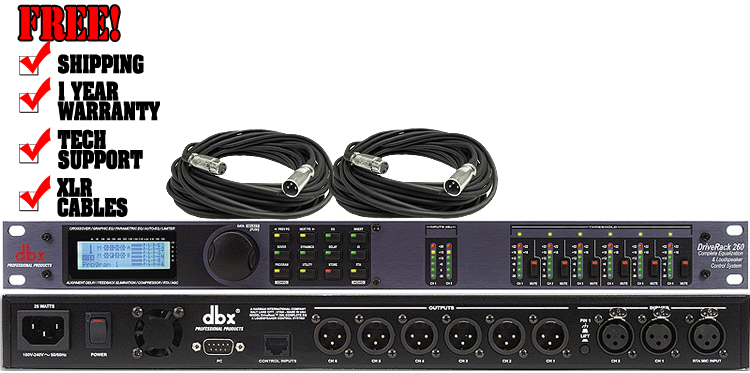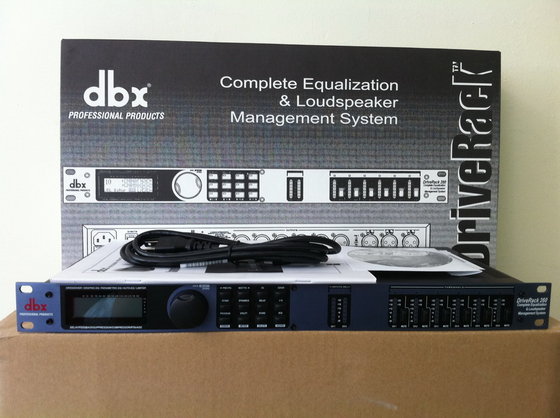


but then again, I won't be surprised there was a reason not to do that which I did not know (since I know very little LOL) Would it make sense to apply the RAT result at the channel level and also to the main output - so it's being done twice in the chain? Would that be bad because it's too much adjustment? Well, if the goal of this exercise is to achieve a perfect (or near perfect) flat response across the whole frequency spectrum (as a starting point), I don't know if there would be any harm for making some thing flat even flatter. Or should I conduct another RTA session for this particular channel? If so, how? Do the exact same thing but this time use the very channel I am trying to set up? If so, should I continue to use the measurement mic, or should I use the actual mic which is going to be used on that channel (the latter seems more logical to me)? Should I basically apply a similar EQ pattern which I got from the main output RTA to the channel? Is that it? Am I missing something?Īlso, some people say the adjustments can be made not only to the main (or aux) output, but also to the channel input (not GEQ but on the parametric EQ). I would assume that the graph will get flatter as I make adjustments if the GEQ I am adjusting is being applied to the main output, right? So, adjust level of each band in GEQ to knock down the ones which are higher than others and boost the ones which are lower than others. I guess this channel can be routed to the main output as long as it's on mute? Otherwise, I will get feedback, right?ģ) Turn on GEQ screen, press RTA button, and check the amplitude of each band in the GEQ the graph should be flat ideally, but it most likely won't be.
DBX DRIVERACK 260 RESPONSE CURVE D FREQUENCY PC
For this, I think I will play the sound from Studio One running on a PC which is connected to the mixer via USB (I have not played anything in this way before, but I guess it can be done).Ģ) Position the measurement mic in front of the main speaker (one of the main speakers) and feed that to some arbitrarily selected channel. These are the steps I think I should take:ġ) Get a pink noise sound source and play it through the main speaker of the room (in my case, my church's sanctuary). I'm a bit disappointed that I wasn't able to find any YouTube video showing how this is done with StudioLive III, while there are some videos for StudioLive AI and quite a few videos for some other mixers/tools/apps though. After reading some articles and watching some YouTube videos on RAT stuff, I decided that this is something definitely worth trying out I basically need to spend $60 or so to get cheap (= Berhinger) measurement mic and invest some of my time to conduct this analysis.


 0 kommentar(er)
0 kommentar(er)
